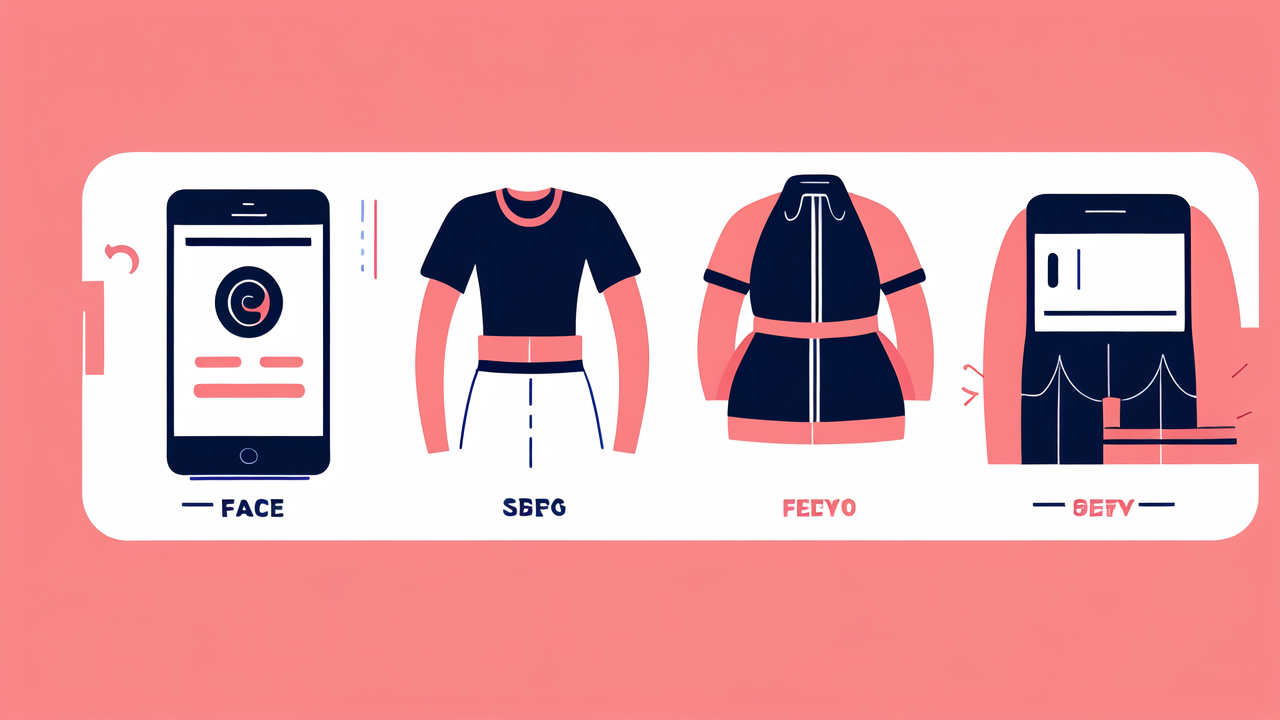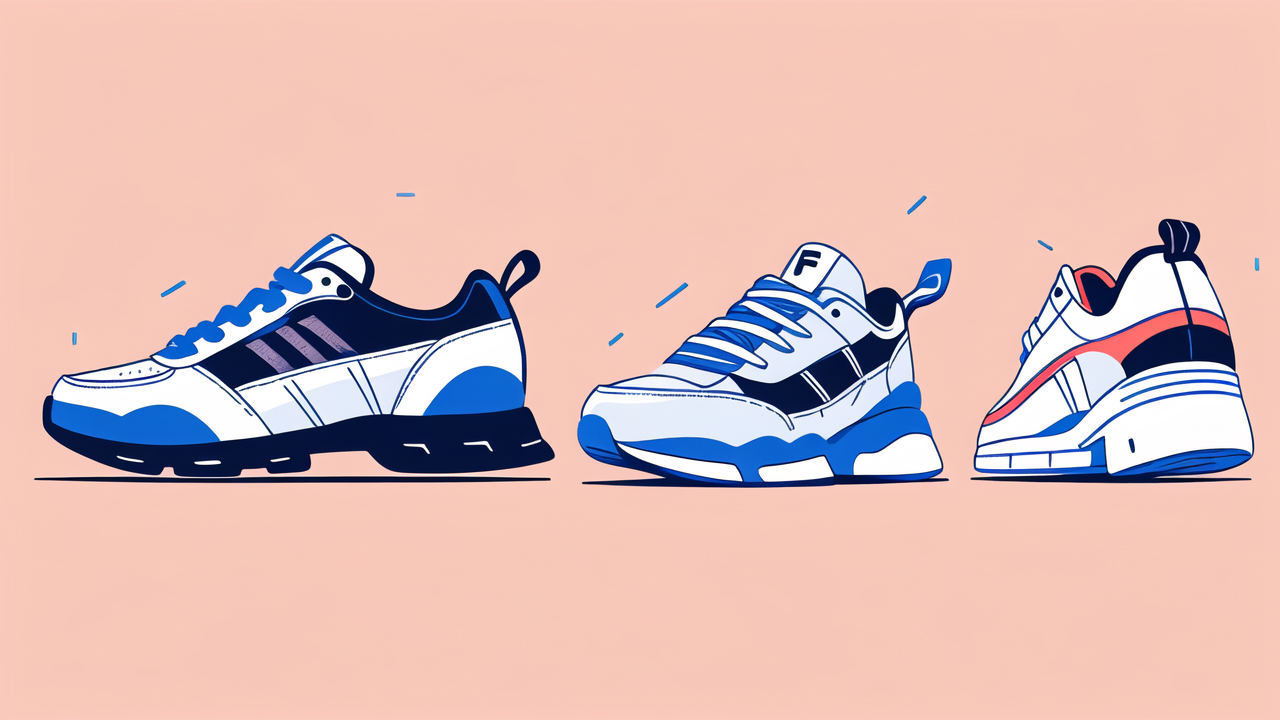The Rise of Smart Fabrics in Fashion: Trends and Innovations
The Origins of Smart Textiles and the Evolution of Wearable Technology
Smart textiles have come a long way since their inception. They began as simple ideas to add tech to clothes. Early attempts were bulky and impractical. But over time, they've become sleek and useful.

The first smart fabrics were basic. They could change color or light up. Now, they can do much more. They can track health data, adjust to temperature, and even charge devices.
The evolution of wearable tech has been rapid. It started with basic fitness trackers. Now, we have cool smart watches that do almost everything. These devices have paved the way for more advanced smart clothing.
As tech got smaller, it became easier to put into fabric. This led to clothes that could do amazing things. From shirts that monitor heart rate to jackets that heat up, the options are growing.
Key Technologies Behind Smart Fabrics and Their Impact
Smart fabrics rely on several key technologies. These include conductive threads, sensors, and miniature electronics. Conductive threads allow electricity to flow through fabric. This powers the smart features of the clothing.
Sensors are crucial for data collection. They can track things like movement, temperature, and vital signs. This data is then used to provide useful information to the wearer.
Miniature electronics make it possible to add complex functions to clothing. These tiny chips can process data and control various features of the smart fabric.
The impact of these technologies is huge. They're changing how we interact with our clothes. Smart fabrics can improve health monitoring, enhance athletic performance, and even help with navigation.
The Future of Fashion: Integration of Technology into Wearables
The future of fashion is exciting with smart fabrics. We're moving towards clothes that do more than just cover us. They'll become an extension of our digital lives.
Imagine a jacket that can answer calls or a shirt that changes color based on your mood. These ideas are becoming reality. Designers are working on clothes that can display digital patterns or even video.
Smart fabrics will also play a big role in health and wellness. Clothes could monitor chronic conditions or alert us to potential health issues. This could revolutionize preventive healthcare.
The integration of tech into wearables will also change how we shop for clothes. We might buy based on tech features as much as style. This shift could reshape the entire fashion industry.
Smart Watches and Wearables Market in the United States
Overview of the Wearables Industry Growth in the US
The wearables industry in the US has seen massive growth. This includes devices like fitness trackers and cool smart watches. The market has expanded rapidly over the past few years.

Sales of wearables have increased steadily. More people are buying these devices for health tracking and convenience. The COVID-19 pandemic also boosted interest in personal health monitoring.
Major tech companies have entered the market. This has led to more innovation and competition. It's also made wearables more accessible to the average consumer.
The growth isn't just in sales. It's also in the variety of devices available. From basic fitness bands to advanced smartwatches, there's something for everyone.
Consumer Trends and Market Segmentation for Smart Watches
Consumer trends in smart watches are evolving. People want devices that do more than tell time. They want features like health tracking, mobile payments, and smartphone integration.
Different segments of the market have different needs. Fitness enthusiasts want accurate workout tracking. Business professionals need productivity tools. Fashion-conscious users look for style.
Cool smart watches are particularly popular. They combine style with advanced features. Many consumers see them as status symbols as well as useful tools.
Customization is a growing trend. People want to personalize their devices. This includes both the physical appearance and the software features.
The Role of Tech Giants and Startups in Shaping the Market
Tech giants play a big role in the wearables market. Companies like Apple, Google, and Samsung lead the way. They have the resources to develop advanced features and marketing reach.
Apple's smart watch has been particularly successful. It's set the standard for what a cool smart watch should be. Other companies often try to match or exceed its features.
Startups are also important in this space. They often bring fresh ideas and niche products. Some focus on specific features or target particular user groups.
The competition between big tech and startups drives innovation. It leads to better products and more choices for consumers. This benefits the entire wearables market.
Challenges and Opportunities in the Smart Fabric Space
Quality and Durability Concerns in Smart Wearables
Quality and durability are big concerns in smart wearables. These devices need to withstand daily use and various conditions. This is especially true for smart fabrics.

One challenge is making electronics that can survive washing. Smart clothes need to be cleaned like regular clothes. But water and electronics don't usually mix well.
Another issue is the lifespan of the technology. Electronics often become outdated quickly. People may not want to invest in expensive smart clothes that won't last long.
Comfort is also a concern. Smart fabrics need to feel good to wear. If they're stiff or bulky, people won't want to use them.
Navigating the Regulatory Landscape for Wearable Devices
The regulatory landscape for wearable devices is complex. These products often fall into multiple categories. They can be considered electronics, medical devices, and clothing.
Safety regulations are a major concern. Wearables that collect health data may need FDA approval. This can be a long and costly process for companies.
Privacy is another big issue. Wearables collect a lot of personal data. There are laws about how this data can be collected, stored, and used.
Companies need to navigate these regulations carefully. Failing to comply can lead to legal issues and loss of consumer trust.
Potential and Future Outlook: Sustainability and Personalization in Smart Fashion
The future of smart fashion looks bright. There's huge potential for growth and innovation. Two key areas of focus are sustainability and personalization.
Sustainability is becoming more important in all areas of fashion. Smart fabrics are no exception. Companies are working on eco-friendly materials and production methods.
Personalization is another big trend. People want products that are tailored to their needs. Smart fabrics could adapt to individual preferences and body types.
The potential applications are vast. From healthcare to sports to everyday life, smart fabrics could change how we interact with our clothes. As technology improves, we'll likely see even more exciting developments in this field.




Leave a comment
This site is protected by hCaptcha and the hCaptcha Privacy Policy and Terms of Service apply.